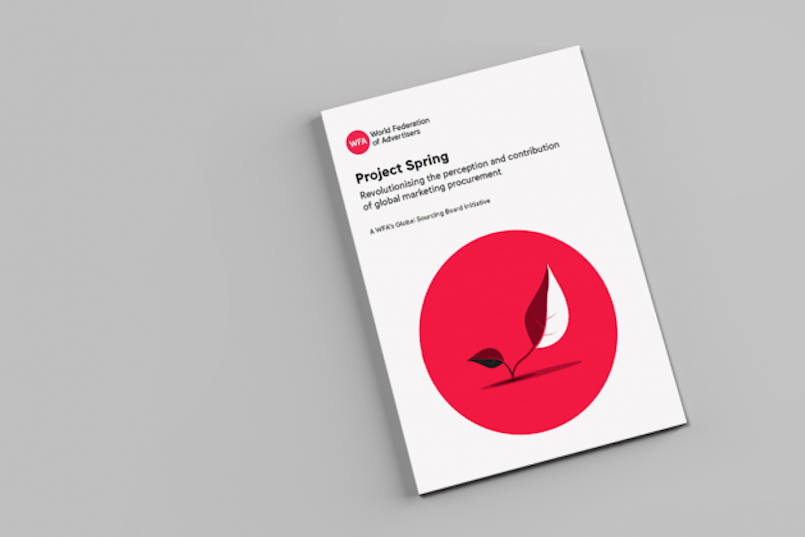It is a common practice in procurement to reward procurement consultants by paying a percent of the savings they have identified. But in the marketing space this is a practice that is fraught with danger for the client, while highly lucrative for the consultant.
In the realms of marketing communications, unlike many other areas of traditional procurement, it can be incredibly difficult to provide a measure of quality. Quality of people, quality of outputs, quality of relationships are often highly subjective or difficult to measure. Therefore developing a value proposition is also difficult or at best highly subjective.
Rewarding the consultant on purely financial criteria, such as savings, without taking into consideration the other important component of value, being quality, the client will often end up paying for marketing services that are ineffective and unsustainable because the consultant as screwed the supplier to the Nth degree to maximise their payment.
A classic example was an FMCG client who engaged a well-know procurement consulting company to review all of their print requirements, both marketing and non-marketing. The final solution saw the appointment of a print management company with no experience of packaging printing, which is one of the more technical demanding print disciplines and one that poorly executed can risk many millions of dollars in costs. By the time this eventuated, the consultants had been paid and moved on to the next client, championing the work they had done and leaving the FMCG client to fix their solution, too embarrassed to tell anyone of their experience.
Instead, we recommend a more accountable and sustainable approach to the process.
Traditionally, TrinityP3 has provided a fixed price for delivering our services on the basis that we provide third party, independent, industry expert advice without the financial motivation of driving down cost, but instead increasing efficiency and value.
However, we are increasingly being asked by our clients to assist them in reducing their costs in relation to reductions in their budgets across a full range of marketing communications costs including media buying, agency remuneration, printing, production and more . In these cases, we are proposing success fees as opposed to a percentage of savings.
Percentage of savings
Basically, the more savings, or cost reduction the consultant identifies, the greater their payment, with many procurement consultants negotiating fees of 10% or more on savings, no matter if these savings are realised or not and no matter if these savings are sustainable or not. This is a huge financial incentive to drive down costs at the expense of quality and often results in unsustainable and questionable agreements and practices.
Success fee
This is based on setting a realistic objective for cost reductions based on either the financial objective (ie. Budget reduction) or an initial assessment. Both the client and consultant agree on the objective and the way it will be determined or measured and an agreed bonus for achieving this objective. This links the results to the remuneration without driving the questionable practices of the percentage of savings.
In the TrinityP3 experience, we reduce our usual fee by up to 50% with the opportunity to achieve a bonus payment that is double this reduction on the basis of identifying and measuring the objective using the pre-agreed methodology.
By having an agreed objective, the consultant can determine if they believe it can be achieved in a sustainable way to deliver value to the client. After all, no consultant would enter into this type of agreement, risking their remuneration, no matter what the upside, if they believed the result was unachievable.
We have implemented this method of remuneration primarily in the production area, where cost and outputs are measurable. But it can also apply to other marketing communications expenditure such as media buying, supplier remuneration and the like.
Ultimately, the measure of success in any procurement process is not simply financial. Return on investment is just one measure of success. The other measures are improvement in transparency, leading to greater management efficiency and medium to longer term sustainability. This provides real value in any marketing relationship.




